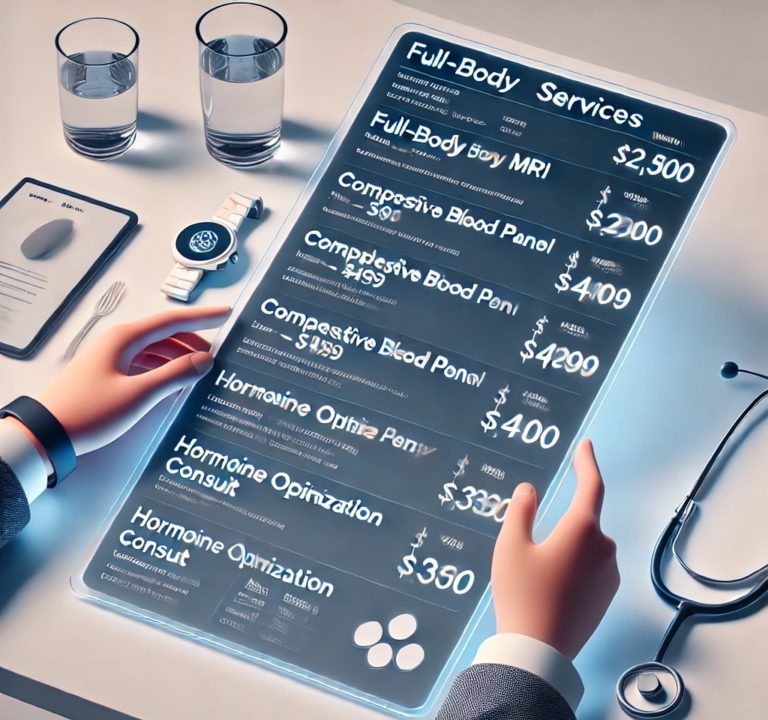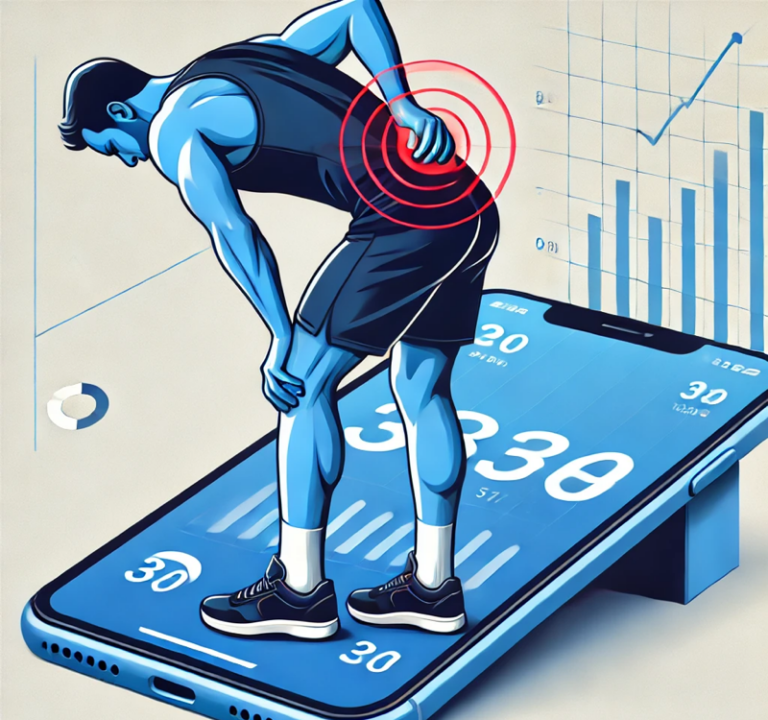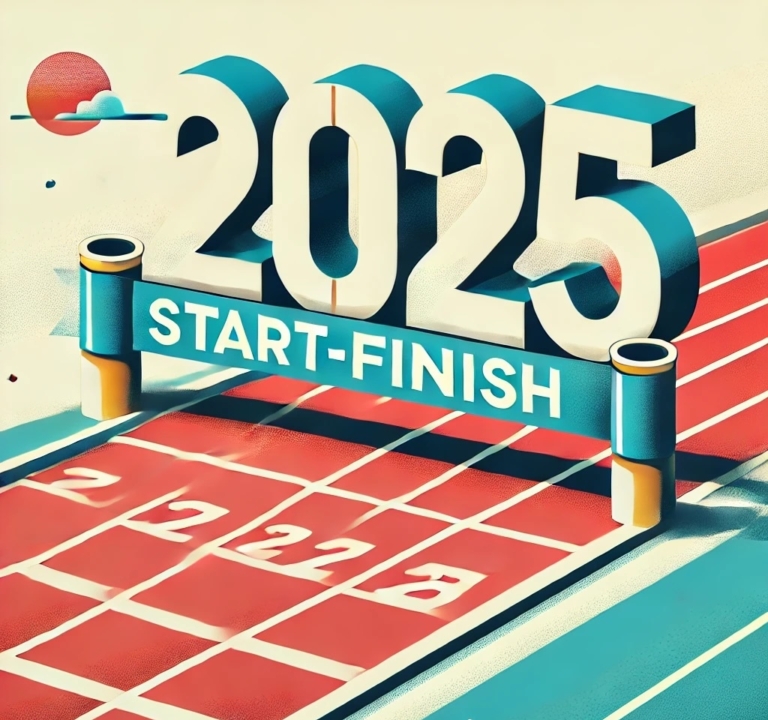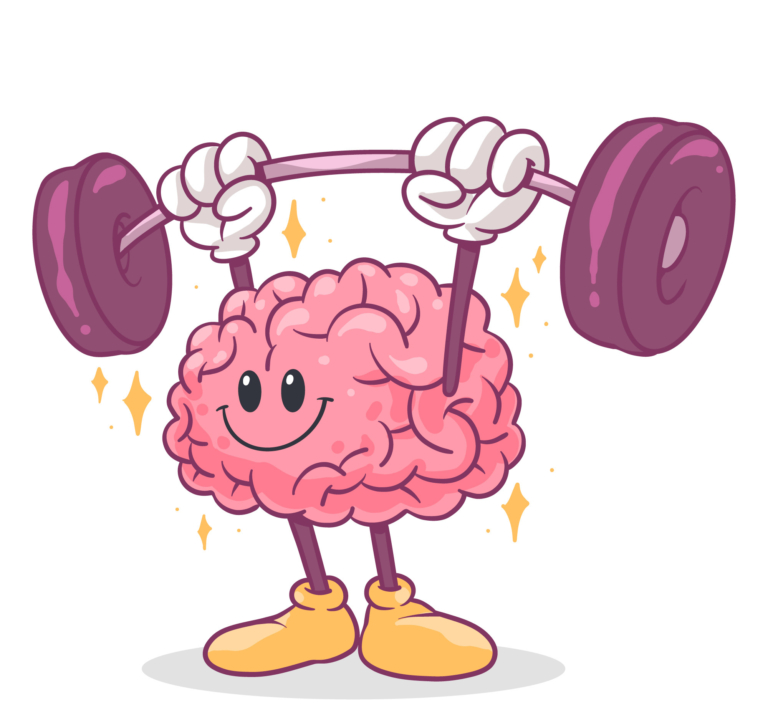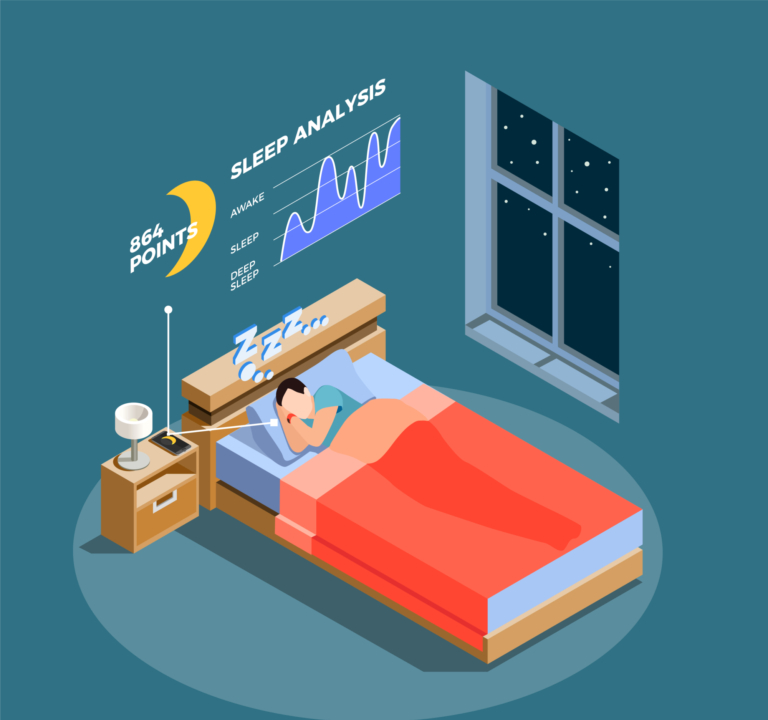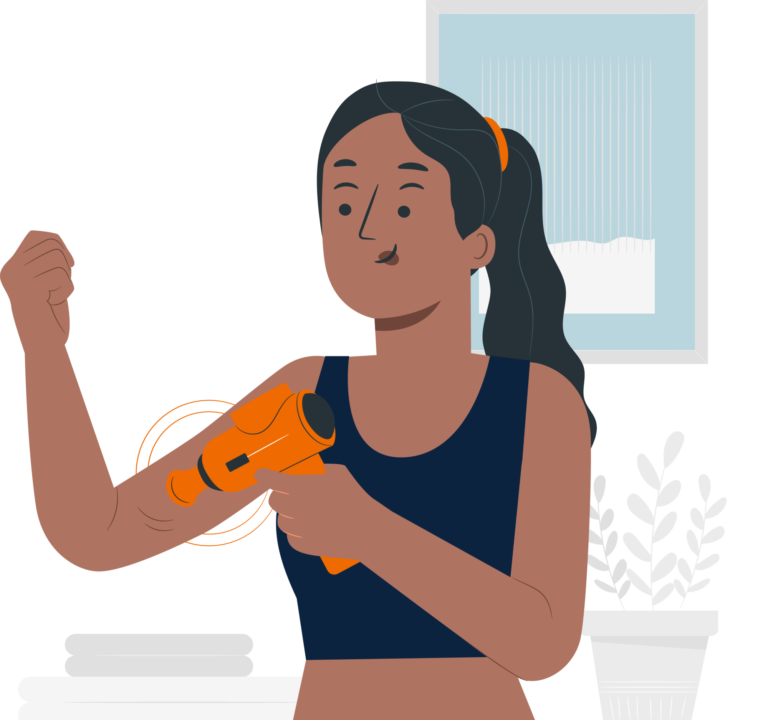SMART TOILET: WHAT’S THE URGE?
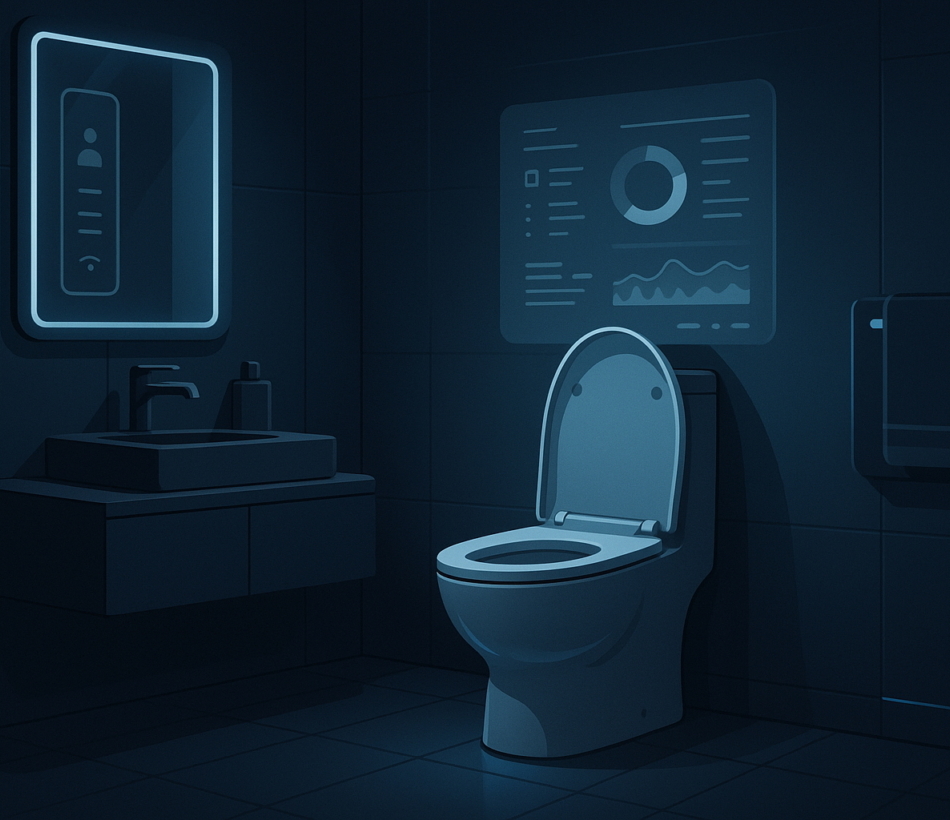
Smart toilet startups promise to capture it all, turning bathroom visits into real-time diagnostics.
But right now, most are barely delivering and are rather flushing users’ money and expectations down the drain.
What Smart Toilets Actually Track
The logic makes sense: every bathroom visit carries a wealth of biological signals — from hydration and nutrient levels to hormonal fluctuations and early disease markers.
To harness this data, companies are embedding cameras, mics and chemical detectors mounted into toilet bowls and seats, all hoping to transform one of the most overlooked moments of daily life into routine health check-in.
First Flush: Urine monitoring, Underwhelming insights
Urine analysis was a logical starting point for smart toilet development. Category leader Withings U-Scan made waves at launch, offering insights into hydration, specific gravity, pH, vitamin C, and ketones.
Useful, yes – but these metrics barely scratch the surface of what’s needed for truly meaningful health tracking. High-value biomarkers like stress or fertility hormones remain out of today’s toilet-based sensors reach.
Worse, they overlap with cheaper and simpler dipsticks or connected sensors.
Stool: Big promise, Messy reality
If urine appears to be the low-hanging fruit, smart stool analysis is the moonshot – taking aim at a deeper understanding of gut health.
Emerging devices from the likes of Throne, Coprata, Trueloo and Casana wish to become the Whoop for poop. By tracking time-on-toilet, stool frequency & appearance, they hope to detect patterns tied to digestion, hydration, and dietary fiber.
But while some applications, like passive blood detection for cancer screening, show early promise, the leap to diagnosing IBD or decoding the gut microbiome is far steeper.
Ambition Meets Biology
So far, most smart toilet devices fall short – offering little more than glorified urine color or Bristol scale readings, insights many could assess with simpler digital tools.
The challenge with bringing meaningful urine and stool biomarkers to life isn’t ambition – it’s biology. Unlocking those deeper signals will require serious biotech breakthroughs, precision, and patience.
What’s Clogging the Pipeline?
Collecting high-quality biomarkers from waste sounds simple – but toilets are a hostile testing ground, and the samples they collect are dirty.
Urine and stool analytes get diluted and contaminated between flushes – a major concern for trace markers relying on ultra-sensitive assays.
Stool, in particular, poses a great challenge. Accurate gut microbiome profiling typically requires cold-chain storage, bacterial DNA extraction, sequencing, and computationally-intense signal processing. Automating or miniaturizing that entire process? Still out of reach.
Until these biotechnological challenges are solved, robust urine and stool analyses will remain limited to self-collection and mail-away kits.
What It Will Take To Matter
1. Track meaningful biomarkers
To deliver real value, smart toilets must move beyond simple hydration and continence. The real opportunity lies in detecting biomarkers that can’t be monitored non-invasively otherwise. Think:
- Hormones: cortisol, estradiol, LH, testosterone
- Metabolic markers: glucose, creatinine, uric acid
- Inflammation & infection: CRP, white blood cells, bacterial proteins
- Gut health: trace blood, short-chain fatty acids (SCFAs) – proxy for gut microbiome composition, or calprotectin – a valid IBD & Crohn’s marker.
But as said previously, the issue isn’t simply choosing the right targets, it’s about overcoming serious technological limitations.
Without breakthroughs in bioassay miniaturization and detection, most of these markers will remain out of reach for in-toilet analysis.
2. Drive action
Collecting data is only half the equation and is only useful if it leads to clear, actionable insights.
- Personalized - smart toilets must tailor insights to individuals, rather than being fixated on population-level benchmarks.
- Contextualized - integrate data with wearable, nutrition, and women's health data.
- Synced & shared - insights should flow into health platforms or be shared with physicians.
3. Clear validation & regulation hurdles
Credibility comes from validation, and breaking into clinical care requires regulatory compliance:
- Peer-reviewed studies demonstrating accuracy and reproducibility
- FDA clearance for diagnostic or chronic care applications
4. Earn trust
Adoption hinges on trust – in the data and in the experience. That means robust privacy protections and thoughtful design that normalizes use.
- Transparent data ownership and opt-in sharing models
- Local and secure data processing
- De-stigmatization through discreet, household-friendly design integrated seamlessly into daily hygiene
- Multi-user capabilities
A Smart Path Forward
Smart toilets aren’t ready for mass adoption – but that doesn’t mean they’re a dead-end. The category needs a wedge: an underserved entry point where passive urine or stool data has real value, and where no frictionless alternatives exist.
And female health may be that wedge. Especially when it comes to fertility, cycle tracking, and perimenopause – smart toilets could really move the needle. In the category, the bathroom is a daily touchpoint ripe for tech-enabled innovations.
In the near term, smart toilets are unlikely to become lab-grade diagnostic engines. But they could realistically mature into sophisticated hands-off sample collection tools – addressing one of the biggest friction points in at-home testing.
But the question would remain: Is that enough to carve out lasting utility?
The broader vision – continuous, personalized health tracking from your bathroom – remains compelling. Yet, if smart toilets want a permanent seat in the connected bathroom – alongside smart mirror, dental floss or menstrual pads – they still have technical work and user trust to earn.
So far, major toilet manufacturers have yet to enter the space – likely deterred by technical and biological complexities and unclear consumer ROI. Without heavyweight backing, mainstream smart toilet adoption remains uncertain.


